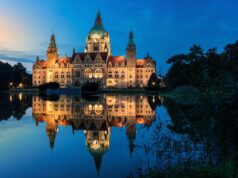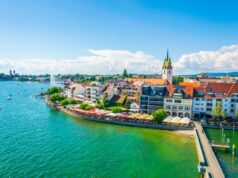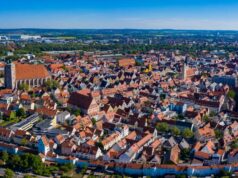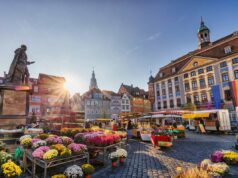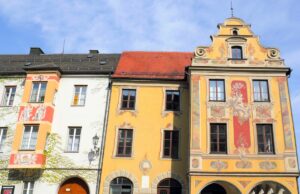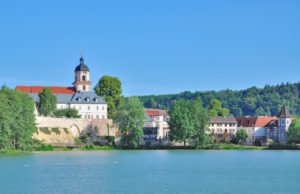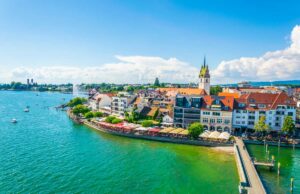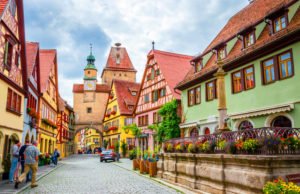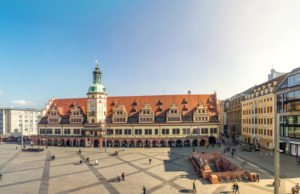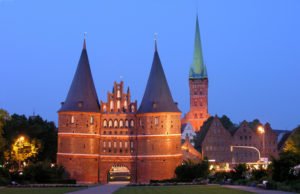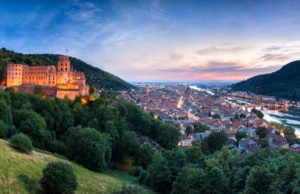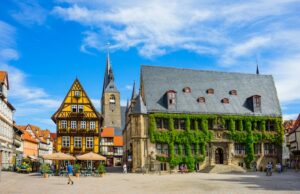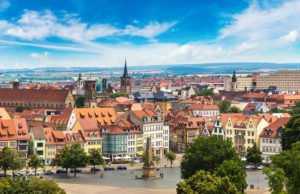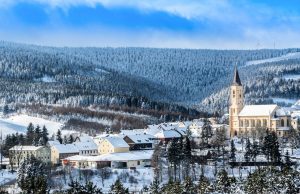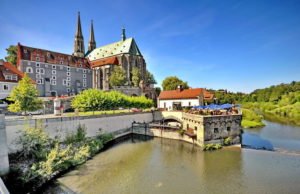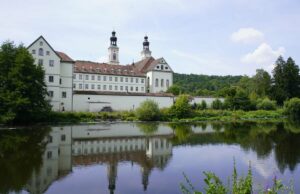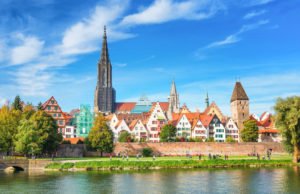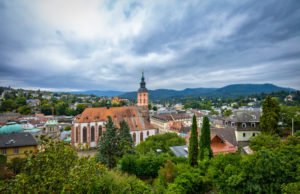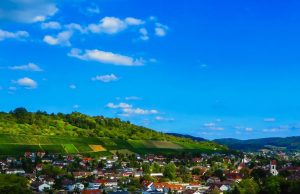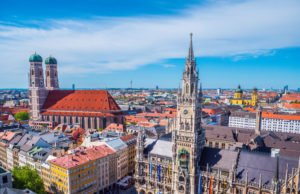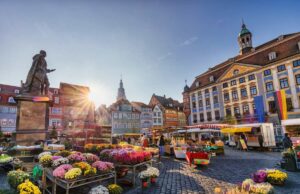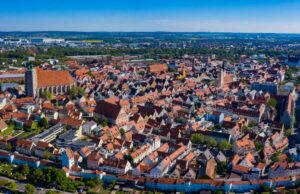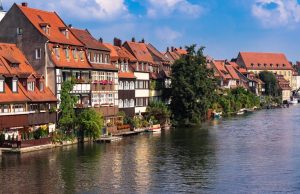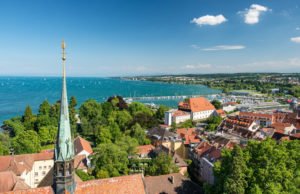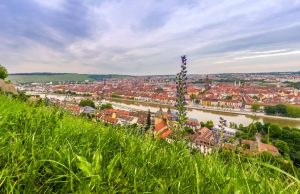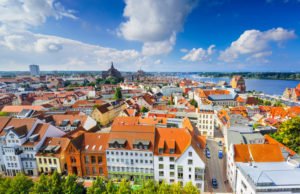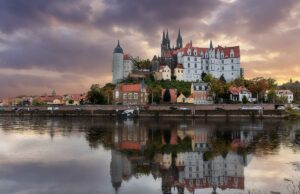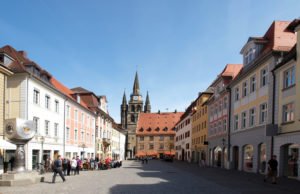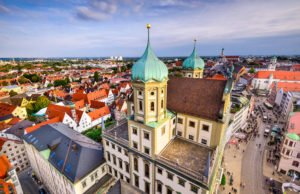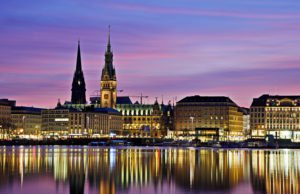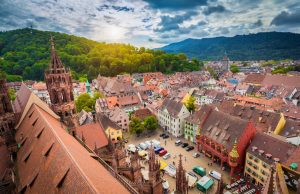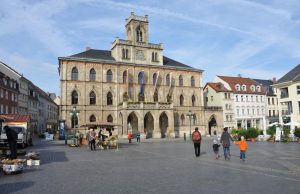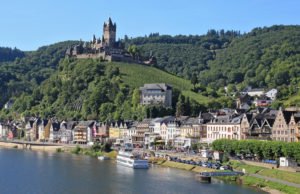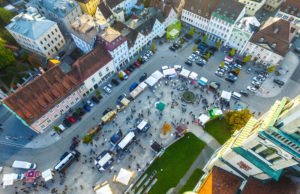The Essentials
Bayreuth is famous for its annual Bayreuth Festival dedicated to the operas of Richard Wagner. Read more…
Bayreuth is located in the state of Bavaria.
Some interesting activities to do in Bayreuth include visiting the Margravial Opera House, the Hermitage Old Palace, the Bayreuth Festspielhaus, the Richard Wagner Museum, and taking a stroll through the Hofgarten Park.
Bayreuth is a german city placed in the northern part of Bavaria. It is a city steeped in history and culture and is best known for the annual Bayreuth Festival, dedicated to the operas of Richard Wagner. Bayreuth is a city renowned for its music and beautiful architecture.
This article explores the different aspects of Bayreuth, including its history, culture, festivals and places of interest.
History of Bayreuth
Bayreuth has a long and fascinating history. The city was founded in the 12th century and was originally a small settlement known as “Baierrute”. In the 13th century, the city became part of the Holy Roman Empire and was ruled by the Margraves of Brandenburg-Bayreuth.
The margraves were responsible for much of the city’s development and built many of the city’s most famous landmarks, including the Margravial Opera House and the Old Hermitage.

Culture of Bayreuth
Bayreuth is a city steeped in culture. The city is best known for its annual Bayreuth Festival, which is dedicated to the operas of Richard Wagner. The festival is held in the specially built Bayreuth Festival Theatre. The festival attracts music lovers from all over the world and is a highlight of the German cultural calendar.
Tip: If you’re visiting Bayreuth in the summer, don’t miss the Bayreuth Festival. The festival is dedicated to the operas of Richard Wagner and attracts music lovers from all over the world.
Aside from the Bayreuth Festival, the city is home to many other cultural institutions, including the Richard Wagner Museum, which is dedicated to the life and work of the famous composer.
Visitors can also explore the Margravial Opera House, which is one of the most beautiful and well-preserved Baroque theaters in Europe. The city is also home to several art galleries and museums, including the Bayreuth Municipal Museum and the Franz Liszt Museum.
Festivals and Events in Bayreuth
In addition to the Bayreuth Festival, the city hosts many other festivals and events throughout the year. One of the most popular events is the Bayreuth Hohenzollern Festival, which takes place every summer.
The festival is dedicated to the history of the city and its connection to the Hohenzollern dynasty. Visitors can enjoy live music, food and drink and traditional Bavarian entertainment.
Another popular event is the Bayreuth Christmas Market, which takes place every December. The market is a great place to shop for traditional German Christmas gifts and decorations, and visitors can enjoy hot mulled wine and other seasonal treats.
Places of Interest in Bayreuth
Bayreuth is a german city with a wide range of attractions for visitors to explore. The Margravial Opera House, a UNESCO World Heritage Site, is a must-see. Built in the 18th century, it is one of the most beautiful and well-preserved baroque theatres in Europe.

Another Bayreuth landmark is the Old Hermitage Palace, the summer residence of the Margraves of Bayreuth. The palace boasts stunning architecture, beautiful gardens and an impressive collection of porcelain.
The Bayreuth Festspielhaus, a purpose-built opera house for the Bayreuth Festival, is another architectural masterpiece. Visitors can take a guided tour to learn about the history of the festival and see the impressive stage and backstage area.
The Richard Wagner Museum is located in the composer’s former home in Bayreuth. The museum houses many of Wagner’s personal possessions, including his piano, manuscripts and letters. Visitors can learn about Wagner’s life, work and influence on the world of music.
Visitors can also explore the Hofgarten, a picturesque park in the heart of the city that offers a peaceful escape from the hustle and bustle of the city. The park has walking trails, a pond and a children’s playground.

Culinary Delights of Bayreuth
Bayreuth offers visitors a range of culinary delights to discover. One of the region’s most famous dishes is Franconian Schäufele, a roast shoulder of pork seasoned with spices and served with potato dumplings and sauerkraut.
Another traditional dish is the Franconian Bratwurst, a sausage made from minced pork and seasoned with spices.
Beer lovers will enjoy the many breweries and beer gardens in Bayreuth. The city is home to several breweries that produce traditional Franconian beer, including Maisel’s Brewery, which offers guided tours and beer tastings.
Attention: The bavarian beer is also known as “Weißbier” and usually it is a bit stronger than other beers you may known from Germany. So drink with responsability!
Visitors can also enjoy a beer in one of the city’s many beer gardens, such as the Bürgerreuth Beer Garden or the Eremitage Beer Garden.
For those with a sweet tooth, Bayreuth has many bakeries and pastry shops offering traditional German desserts such as apple strudel, Black Forest cake and Bavarian cream. Visitors can also try the famous Bayreuther Zwieback, a type of twice-baked bread that is a popular snack in the region.
Public transport in Bayreuth
Keyfactbox
Bayreuth has a good public transport system, making it easy for visitors to get around the city and the surrounding area. The city has a modern bus network that covers most parts of the city and there is also a train station in the city centre.
Local Transportation:
The Bayreuth bus network is operated by Bayreuth Stadtverkehr and covers most parts of the city. The buses are modern and comfortable and run frequently throughout the day. Visitors can buy tickets on the bus or from ticket machines at bus stops.
Advice: Ask at the central train station for informations about the public transport in Bayreuth.
Another option for visitors is to rent a bike. The city has many bike hire stations and visitors can easily explore the city on two wheels. The city also has many cycle paths, making cycling a safe and enjoyable way to get around.
Regional Transportation:
Bayreuth is well connected by train to other cities in the region. Bayreuth train station is located in the city centre and offers frequent connections to cities such as Nuremberg, Munich and Berlin. Visitors can purchase train tickets at the station or online in advance.
Tip: Travelling by train is not only practical and fast, but also a nice way to see some of Germany’s pretty landscape.
For visitors who want to explore the surrounding area, there are several options for day trips. The nearby Fichtelgebirge mountains offer hiking and skiing, and the city of Bamberg, with its beautiful old town, is a short train ride away.
A quick summary
Bayreuth is a city steeped in history and culture. The city is best known for the annual Bayreuth Festival, which is dedicated to the operas of Richard Wagner.
In addition to the festival, visitors can explore the city’s many cultural institutions and landmarks, including the Margravial Opera House and the Richard Wagner Museum. A city rich in history and tradition, Bayreuth is a must for anyone visiting Bavaria.





